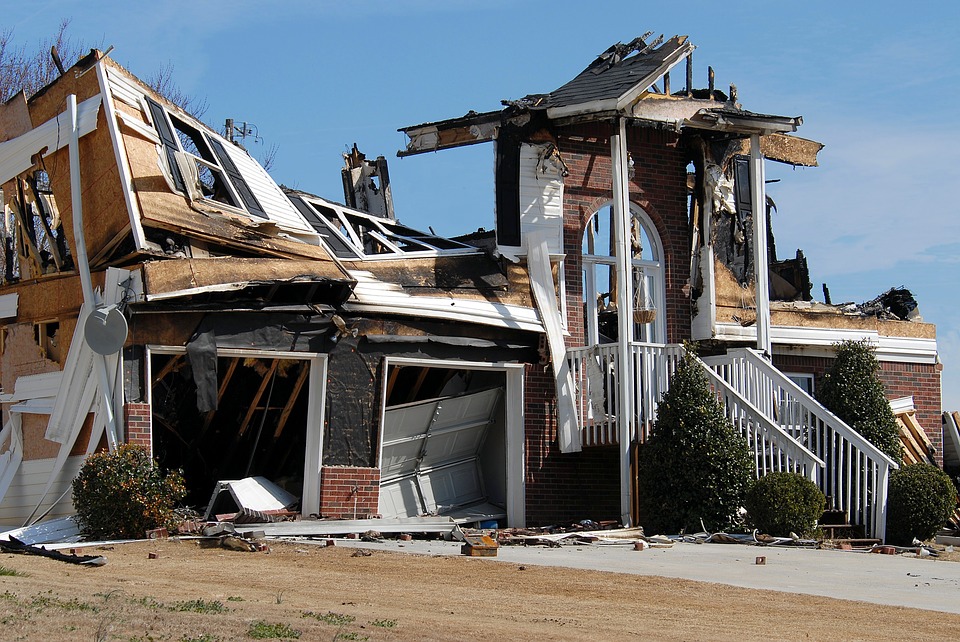 Are you paying too much for homeowners insurance? While having too much coverage can be a waste of money, having too little can be much worse.
Are you paying too much for homeowners insurance? While having too much coverage can be a waste of money, having too little can be much worse.
The trick is to find just the right amount of homeowners insurance coverage for your home and possessions. If you underinsure your home, you may never be able to recover from a devastating loss like a fire or flood. Over insuring, on the other hand, is wasteful because you are unnecessarily paying for coverage that you will never actually need.
It shouldn’t take more than a few hours of your time to get in touch with an insurance agent and explore your options. Here are a few tips for finding the perfect policy.
Find Out How Homeowners Insurance Works
Homeowners Insurance policies can vary significantly from one company or price range to the next. It’s a good idea to review your policy from time to time to insure that it still meets your evolving needs. The first step is to understand what the differences between policies are.
Actual cash value is the less common type of insurance coverage. This insures the actual value of your home based on its current condition. What does this mean? Generally, it means that as time goes on you will have less and less coverage as it is assumed that wear and tear will depreciate the value of your home and possessions.
The more commonly preferred and recommended homeowners insurance type is the comprehensive replacement coverage. This is based on the cost to rebuild your home and replace your possessions with brand new materials of equal quality. The reason this method is preferred is because it guarantees that in the event of a disaster you can rest assured that your home will be rebuild like new. Depreciation does not factor into the equation.
Getting the Right Deal
To get the full benefit of replacement coverage you need to make sure you have enough insurance to cover the cost of rebuilding your home, excluding the value of the raw land. Many people mistakenly buy a policy that covers the full market value of their home, but this is usually overkill. The cost to build your home, and the market value of your home are two very different things. This is because your home’s market value includes the value of the land that your home sits on. It’s just dirt, there’s no need to insure the land. You only need to cover the cost of building the actual structure of the house.
How Construction Costs Affect Homeowners Insurance
Look at local constructions to get an idea of what you should be looking for in terms of insurance coverage. Newly constructed homes can be a great place to start looking for these figures. You can also get an appraisal which should include figures for replacement cost, market value, and actual cash value.
You can also call local home builders to get an average build cost per square-foot. For example, if the average rate is $200 per square-foot and your home is 1,800 square feet, you would purchase $360,000 in coverage.
Anytime you $5,000 or more on a remodeling job, you should contact your insurer and update your policy to include the upgrade.
Don’t Forget About Valuables and Liability
 Most insurance providers only insure valuables for their cash value. In order to get replacement coverage you will usually need to purchase an additional endorsement for particular items. If there are any items that are not covered by your policy such as jewelry or silverware, you may want to get endorsements for those things as well.
Most insurance providers only insure valuables for their cash value. In order to get replacement coverage you will usually need to purchase an additional endorsement for particular items. If there are any items that are not covered by your policy such as jewelry or silverware, you may want to get endorsements for those things as well.
Also, don’t forget about liability coverage. Many people overlook this item, but the last thing you want is for someone to fall and hurt themselves at your dinner party and find yourself on the hook for their medical bills. The average liability claim in recent years has been around $16,000. You can sometimes increase your liability coverage by hundreds of thousands of dollars for just a few bucks a year.
If you are concerned about raising your premium through a bunch of additional endorsements, ask whether you can split your deductible, paying more for certain types of claims and less for others. Try to be decisive about endorsements and riders to your policy. Get the ones you want and need, but take a pass on the ones that you don’t feel you particularly need.
